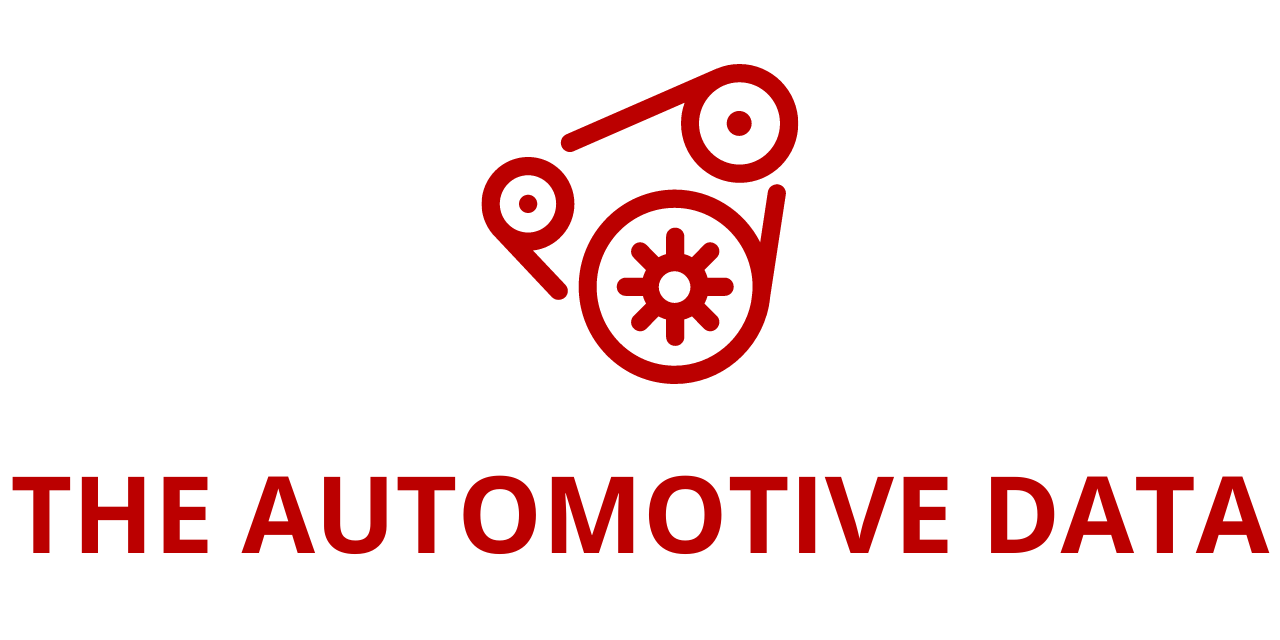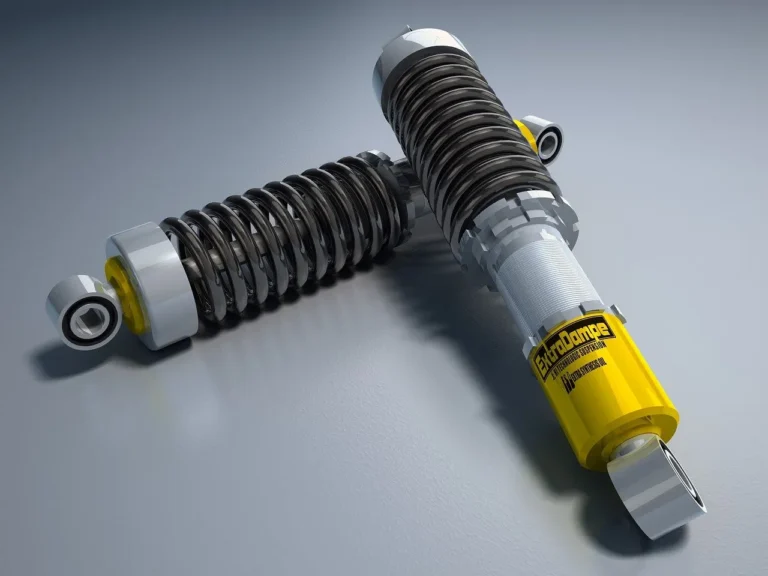
Automotive Refinancing Surges Nearly 70% as Borrowers Seek Relief from High Payments
With U.S. interest rates stabilizing after years of rapid increases, more vehicle owners are actively seeking ways to reduce their monthly payments and long-term financing costs. According to the newly released State of the Automotive Finance Market Report: Q2 2025 from Experian (LSE: EXPN), the number of consumers refinancing their automotive loans grew nearly 70% year-over-year, signaling a strong trend toward financial optimization in vehicle ownership.
The report paints a comprehensive picture of how borrowers are adjusting to evolving credit conditions, how lenders are competing in a shifting marketplace, and what these developments mean for the broader automotive finance ecosystem.
Refinancing Becomes a Key Tool for Borrowers
Experian’s data highlights that consumers who refinanced in the second quarter of 2025 realized significant financial benefits compared to those who refinanced a year earlier.
- The average interest rate for refinanced loans dropped from 10.45% to 8.45%, representing a reduction of just over 2 percentage points.
- This improvement translated into an average monthly savings of $71 for borrowers who refinanced.
- By comparison, in Q2 2024, refinancing only shaved off an average of 0.93%, reducing the average rate from 10.54% to 9.60%, and leading to smaller savings.
In other words, the financial payoff from refinancing is nearly double what it was just a year ago, making it a far more attractive option for today’s consumers.
“Although affordability continues to be a topic of conversation in the automotive industry, with interest rates trending downward, we’re seeing more borrowers taking the opportunity to lower their monthly payments,” explained Melinda Zabritski, Experian’s head of automotive financial insights. She added that traditional lending institutions, particularly banks and credit unions, continue to play a crucial role by offering a broad mix of refinancing options to meet consumer needs.
Credit Unions Lead the Way in Refinancing
A closer look at lender dynamics reveals that credit unions remain dominant in the refinancing market.
- In Q2 2025, credit unions accounted for 68.33% of all refinanced loans, up from 63.22% in Q2 2024.
- Banks made up 21.45% of the refinancing market, slightly down from 22.71% last year.
The financial benefits also varied by lender type. On average:
- Borrowers who refinanced through credit unions saved $87 per month.
- Those who refinanced with banks saved $46 per month.
The stronger savings advantage with credit unions reflects their traditionally lower interest rates and consumer-friendly lending policies. Their growing market share underscores how consumers are gravitating toward institutions that prioritize affordability and flexibility.
Broader Shifts in the Automotive Lending Landscape
Beyond refinancing, Experian’s report highlights important trends in overall automotive financing market share.
- Banks reclaimed the position of largest lender overall, accounting for 27.50% of all auto loans in Q2 2025, up from 24.50% the previous year.
- Captives (finance arms of automakers) saw their share decline sharply from 30.17% to 26.63%.
- Credit unions also grew slightly in overall market share, moving from 20.35% to 21.04%.
This marks a significant rebalancing of the industry, with banks aggressively expanding their presence in automotive lending after several years of more cautious participation.
New Vehicle Financing
Captives continued to dominate new vehicle financing, but their position is weakening:
- Captives’ share fell from 60.74% to 52.39% year-over-year.
- Banks increased their share from 21.12% to 25.91%.
- Credit unions expanded from 9.99% to 12.24%.
Automakers’ captive finance arms remain influential, particularly due to incentives and promotional offers, but banks and credit unions are clearly gaining ground.
Used Vehicle Financing
The competitive landscape is even more dynamic in the used vehicle segment:
- Banks extended their lead, rising from 26.80% to 28.59% market share.
- Credit unions held steady with a marginal increase from 27.59% to 27.63%.
- Captives fell from 7.83% to 6.40%.
This segment reflects consumer demand for more affordable options in a high-price environment, with banks leveraging scale and resources to capture more of this market.
“The shift in lender market share highlights an increasingly competitive landscape for automotive financing,” Zabritski noted. “With banks showing a renewed focus in automotive combined with new OEM relationships, we’re seeing a completely different environment. In an ever-evolving industry, leveraging the most current data can help automotive professionals identify emerging patterns and adapt to changing dynamics.”
Key Market Indicators: Loan Amounts, Payments, and Delinquencies
The Experian report also provided a snapshot of broader financial trends impacting automotive borrowers.
- Loan amounts:
- The average new vehicle loan rose $1,017 year-over-year, reaching $41,983.
- The average used vehicle loan increased $481, reaching $26,795.
- Monthly payments:
- The average monthly payment for new vehicles rose from $735 to $749.
- The average monthly payment for used vehicles inched up slightly, from $527 to $529.
While refinancing provides relief, these increases highlight the ongoing affordability challenges facing U.S. car buyers, particularly as vehicle prices remain elevated.
- Delinquencies:
- 30-day delinquencies rose modestly from 2.24% to 2.27%.
- 60-day delinquencies increased from 0.78% to 0.83%.
Though the increases are relatively small, they point to continued strain on household budgets, particularly among subprime borrowers.
Leasing and Electric Vehicle Trends
Two additional insights from Experian’s report shed light on consumer behavior in leasing and EV adoption:
- Leasing rates declined further, falling from 26.12% in Q2 2024 to 23.62% in Q2 2025. This suggests that consumers are more cautious about taking on long-term commitments in uncertain economic conditions.
- The share of electric vehicles (EVs) in new vehicle purchases dropped slightly, from 8.76% to 8.34%, signaling a potential cooling of momentum in EV adoption as affordability and charging infrastructure remain barriers.
These developments suggest that while innovation continues in the auto sector, economic realities are shaping consumer preferences in a more conservative direction.
The Bigger Picture: What This Means for Consumers and Lenders
The surge in refinancing highlights a practical shift in consumer strategy. Instead of defaulting or delaying car ownership, more borrowers are turning to refinancing as a way to navigate economic pressures. Lower monthly payments not only ease financial strain but also extend borrowers’ ability to remain current on their loans.
For lenders, the picture is more complex. Banks are regaining share across new and used vehicle markets, while captives are facing pressure from changing consumer behaviors and less reliance on dealer incentives. Credit unions, meanwhile, continue to thrive in refinancing by leveraging their reputation for member-focused lending.







